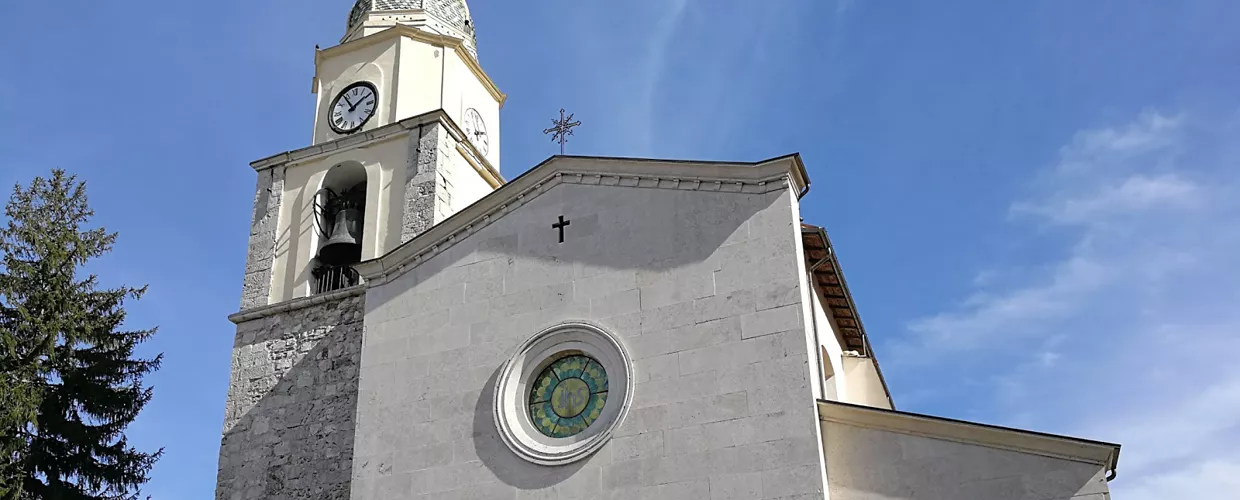

Overview
Bojano is the small capital of the plain that opens up below Mount Miletto, at an altitude of 480 metres: a town of almost 8000 inhabitants with a lively culture and surprising resources. Here, alongside the cheese factories specialising in the production of mozzarella fiordilatte, there are renowned artisan workshops and successful small companies, such as Jim Reed, which produces guitars and electric basses. But Bojano was already the centre of reference for the entire surrounding area in pre-Roman times, when it was the capital of the Pentri, one of the four tribes that made up the Samnite people. Testifying to the ancient origin of Bojano is the name itself, which according to tradition would refer to the ox followed by the Samnites in their mythical migration from Sabina. Later transformed into a Roman municipality, in the Middle Ages Bojano became a Lombard and Swabian-Norman county town and the location of a diocese. Even at that time, it was home to many industrious artisans and merchants, while the nobility resided in the fortified citadel upstream, the Civita. Archaeological evidence and architectural fragments from the mediaeval past are preserved in the gardens behind the Town Hall and in the Colagrossi Palace Museum (under construction), which also includes collections of fossils and period costumes. The St Bartholomew Cathedral (today the co-cathedral of the Archdiocese of Campobasso-Bojano) has its roots in the 11th century, but has been modified countless times since the middle ages, often following devastating earthquakes: the 13th-century ogival portal and rose window have survived. Next to the cathedral stands the Ducal Palace, transformed in the 18th century; a few steps away, a bell tower soars to signal the Church of St Mary of the Park: its Gothic portal originally belonged to another church, which was destroyed in an earthquake. The practice of reusing older architectural materials and elements is also evidenced by the Church of Sts. Erasmus and Martin, built using materials from Roman buildings, damaged by an earthquake in 1456 and largely rebuilt after the 1805 earthquake.
86021 Bojano CB, Italia